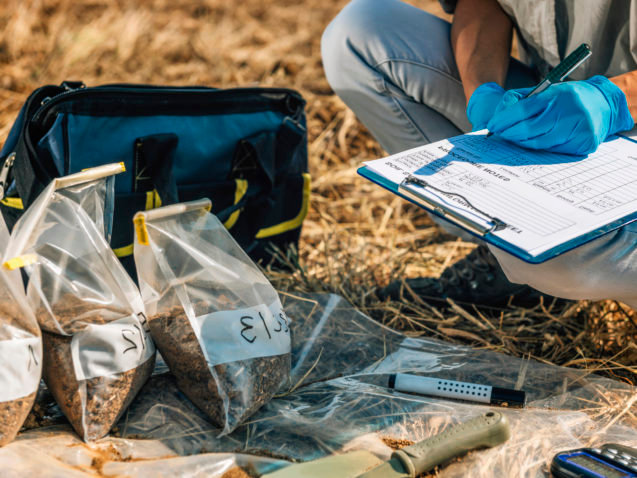PepsiCo has developed the Positive Agriculture programme with the aim by 2030 to:
- Spread regenerative farming practices across 7 million acres, approximately equal to its entire agricultural footprint. The company estimates the effort will eliminate at least 3 million tons of greenhouse gas emissions (GHG) by the end of the decade.
- Improve the livelihoods of more than 250,000 people in the agricultural supply chain
- Sustainably sourcing 100% of key ingredients
Data is the cornerstone of success – helping measure progress and enabling decision making to prioritise actions that have the best impact.
With healthy soil critical to regenerative agriculture, data helps put some scientific measurement around the company’s actions and understand the starting baseline.
PepsiCo is exploring soil probe technology to track soil function through the cropping cycle to demonstrate improvements in health. The company is also harnessing the power of data and crop insights through ‘Precision Agriculture’ to grow more, with less.
PepsiCo is currently using two precision technologies across their potato and oat crops:
- iCrop technology: helping farmers over the past ten years to capture data across 55,000 hectares of potato production in 16 markets in Europe. The technology tracks over 1 million crop data points and shares this with the company’s farmers to help them understand more about crop performance and the correlation between soil type, weather, irrigation and water usage. PepsiCo began using iCrop 2.0 in Spain and piloted combining it with irrigation scheduling technology, which led to water irrigation accuracy improving from 48% in 2017, prior to deployment, to 92% in the following growing season.
- Opti-Oat programme: alongside a number of academic partners including Cranfield University the programme analyses how to grow the “perfect oat” using over one million data points and developed the Oat Growth Guide. The guide is available to all farmers free of charge and has helped growers optimise resources, improving yields and creating a more sustainable source of oats.







